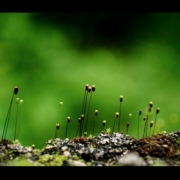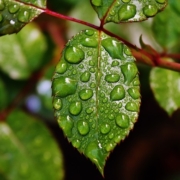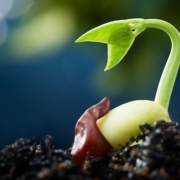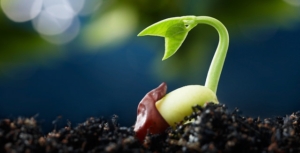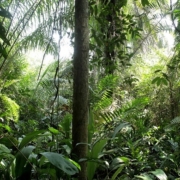Benefits of Community-based Natural Resource Management
Benefits of Community-based Natural Resource Management
It was in 1997 that the Community-based Natural Resource Management (CBNRM) project was established in Mozambique Africa, for the purpose of empowering local communities to assume some level of control over how their environments would be managed. This literally constituted a shift in power away from the central government, and into the hands of local authorities who are best equipped to maintain healthy natural resources and to make those resources sustainable indefinitely.
That first CBNRM conference brought together representatives from high levels of government, community members, and engineer types, who were all interested in preserving local environments. The discussions at that conference and in the four additional conferences since then, centered around how to deal with natural resources such as forests and wildlife, as well as developing or strengthening community-based organizations, and about how to add value to resources such as forest products.
The most recent CBNRM conference
At the 2018 version of the CBNRM conference, it was recognized that even though the resolution was 20 years into its implementation, there was still a great deal of work to be done, and that there were still significant obstacles to achieving hoped-for results. For one thing, there are still disputes over the jurisdiction of communities, and that makes it extremely difficult to manage resources from those disputed areas. However, since most of these individual communities rely heavily on natural resources such as timber and wildlife, it is essential that all obstacles be overcome, so that communities can realize the benefits of CBNRM.
There are also conflicts over land rights, with various communities squabbling over ownership and spheres of interest. This is an extremely important point, since government agencies and donors have difficulty supporting community groups which compete for the same properties. This of course, creates a great deal of confusion about community rights to natural resources, and it causes a great deal of difficulty in sustaining those natural resources so they can be used to benefit local economies.
In an effort to help resolve some of the community conflicts, and to break up the logjam which has developed over land rights, the World Bank has stepped in to support local stakeholders and their governments. Through the Integrated Landscape and Forest Management Portfolio, a number of initiatives have been undertaken so that land rights can be resolved, land usage can be planned out into the future, reforestation can take place, land restoration can be initiated, and specific areas can be protected, while tourism is concurrently being promoted.
The future of CBNRM
There’s no question that Mozambique has yet to realize the full potential of CBNRM, but at the most recent conference, government leadership was at least made aware of the fact that local economies can be improved by transforming community development, and by protecting the natural resources associated with each community. While progress has been slow over the last 20 years, a new element of enthusiasm was very much in evidence at the most recent CBNRM conference, and it seems likely that participants will now be working together much more closely to achieve the maximum benefits under CBNRM.
Nature’s Packaging is committed to worldwide sustainable forest management practices. Forests sequester carbon from the atmosphere and when they’re sustainably managed, they’ll continue to provide valuable resources to local economies and help fight climate change.
Resources

